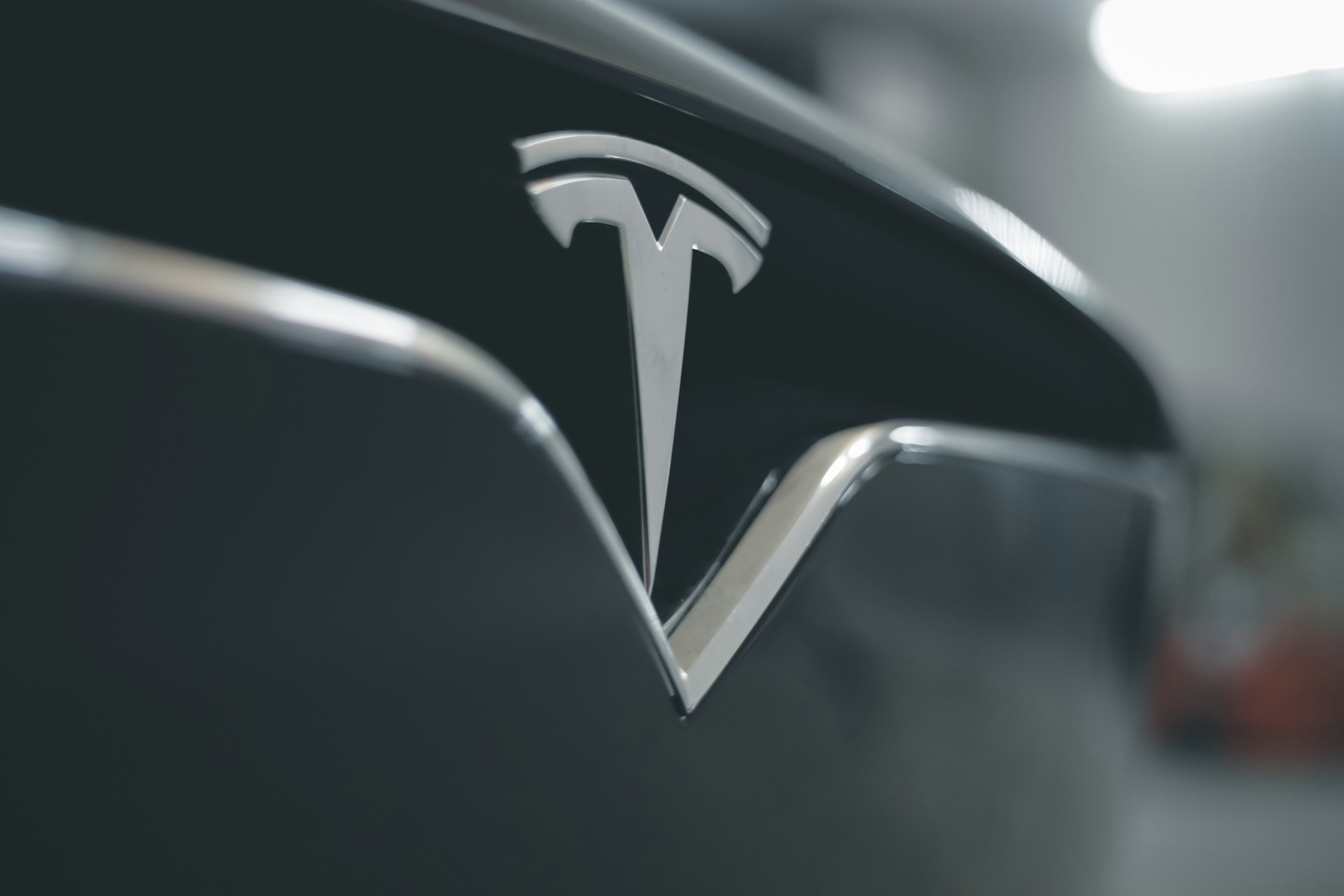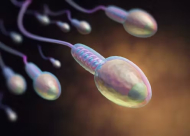Tesla intends to construct the largest Supercharger station in the world, which could provide insight into the future of charging electric vehicles. Tesla's Supercharger network is undoubtedly the best charging network, but it can be further developed.
It is not sufficient to merely improve; one must adapt to the changing demands of the expanding electric vehicle fleet in North America. Additional stations, each with a greater number of stalls, and stations reconfigured to accommodate emerging electric vehicle categories, such as trucks, are needed.
Tesla Plans World's Largest Supercharger Station in California with Solar Microgrid
Tesla's forthcoming construction of a new Supercharger station in California may provide insight into the company's long-term strategy for the Supercharger network. The new station is intended to be constructed in Kern County, California, close to the intersection of the 5 and 46 freeways.
The construction permit application posted on X via MarcoRP indicates that the new station will feature more than 160 Supercharger stalls, establishing it as the most expansive Supercharger facility globally. However, that is by no means the most intriguing aspect of this novel undertaking. Tesla had sixteen pull-through stalls in mind, as shown.
These are extremely beneficial for automobiles towing trailers. Due to these stall configurations, those who are towing with Cybertrucks or other electric vehicles will be able to utilize the Superchargers without untying their trailers.
The plan additionally validates Tesla's intention to construct a microgrid at the Supercharger station, comprising solar canopies and batteries. This will allow Tesla to reduce peak demand at the charging station, substantially reducing charging expenses.
The station will accommodate the heavy traffic between Northern and Southern California, although its completion date has yet to be determined. Tesla has made substantial investments along this path. Indeed, the proximity of the new station to Tesla's Kettleman City Supercharger, formerly the company's largest Supercharger globally, will be reasonable.
Stellantis to Integrate Tesla's Charging Tech, Boosting EV Interoperability by 2026
According to a press release issued on Monday, beginning in 2026, all Stellantis-owned brands will produce vehicles equipped with Tesla's NACS charging interface, also referred to as the SAE J3400. Stellantis, the proprietor of Alfa Romeo, Jeep, Chrysler, Dodge, and Ram, confirms that "select" battery-electric vehicle (BEV) models will initially receive the connector.
"When the industry unites on open standards, customers benefit." "We are delighted to announce our support and adoption of the SAE J3400 connector, a significant step toward open and seamless charging for all customers," Ricardo Stamatti, SVP of global energy and charging for Stellantis, stated.
"Our Dare Forward 2030 strategic plan puts customers at the center of open interoperability and freedom of mobility for all. This future will be amplified by IONNA, our public charging joint venture with six other OEMs that will deliver industry-leading high-powered charging for all battery-electric vehicles regardless of brand."
The declaration was made in the weeks following Mazda's adoption of Tesla's charging standard last month and Volkswagen's brand-wide implementation of the NACS in December, leaving many curious about when Stellantis would ultimately adopt the standard.
Auto Giants Unite for IONNA EV Network to Challenge Tesla's Supercharger Dominance
It was indicated in the Stellantis website that the regulatory sanction was granted to a joint venture consisting of Mercedes-Benz, BMW, General Motors (GM), Honda, Hyundai, Kia, and Stellantis to commence construction of the IONNA EV charging network. This development coincides with the news. The companies are hopeful that the new joint venture, which will supervise the construction of 30,000 fast-charging stations, will rival and possibly dethrone the Tesla Supercharger network.
The initial IONNA EV charging station is anticipated to be constructed by the end of the current year.
Major manufacturers initiated the adoption of the standard in May of last year when Ford CEO Jim Farley declared that the company would utilize Tesla's charging hardware in the construction of forthcoming BEVs and grant access to the Supercharger network for its BEVs. Several other manufacturers followed the announcement, which Farley and Tesla CEO Elon Musk made via a Spaces call on X in the latter half of 2023.
After a few weeks, in early June, General Motors (GM) became the first automaker to follow suit, and the remaining manufacturers gradually joined forces for the year.
Photo: Afif Ramdhasuma/Unsplash



 Apple Criticizes EU Porn App, Citing Consumer Trust Concerns
Apple Criticizes EU Porn App, Citing Consumer Trust Concerns  Nvidia Unveils DeepSeek R1 AI Model, API Access Coming Soon
Nvidia Unveils DeepSeek R1 AI Model, API Access Coming Soon  How psychologists kick-started AI by studying the human mind
How psychologists kick-started AI by studying the human mind  Tech Stocks Face Volatility as AI Disruption Shakes Market
Tech Stocks Face Volatility as AI Disruption Shakes Market  DeepSeek claims to have cured AI’s environmental headache. The Jevons paradox suggests it might make things worse
DeepSeek claims to have cured AI’s environmental headache. The Jevons paradox suggests it might make things worse  OpenAI and Kakao Forge AI Partnership for Korean Market
OpenAI and Kakao Forge AI Partnership for Korean Market  Nissan and Honda Push Back Integration Decision Amid Ongoing Talks
Nissan and Honda Push Back Integration Decision Amid Ongoing Talks  Students cheating with generative AI reflects a revenue-driven post-secondary sector
Students cheating with generative AI reflects a revenue-driven post-secondary sector  Taiwan Bans Chinese AI Startup DeepSeek Over Security Concerns
Taiwan Bans Chinese AI Startup DeepSeek Over Security Concerns  AI gives nonprogrammers a boost in writing computer code
AI gives nonprogrammers a boost in writing computer code  Palantir Warns Against Using Chinese AI Model DeepSeek, Forecasts Strong Growth
Palantir Warns Against Using Chinese AI Model DeepSeek, Forecasts Strong Growth  WhatsApp Targets Israeli Spyware Firm for Hacking Attempt
WhatsApp Targets Israeli Spyware Firm for Hacking Attempt  AI Market Shifts: Analyst Moves on Apple, Meta, Tesla, and AMD
AI Market Shifts: Analyst Moves on Apple, Meta, Tesla, and AMD  Dutch Watchdog Investigates DeepSeek Over Privacy Concerns
Dutch Watchdog Investigates DeepSeek Over Privacy Concerns  Online performance reviews: How technology has changed manners and etiquette
Online performance reviews: How technology has changed manners and etiquette  Trump Highlights Strong Interest in TikTok Amid Uncertain Future
Trump Highlights Strong Interest in TikTok Amid Uncertain Future 




























